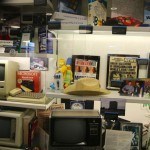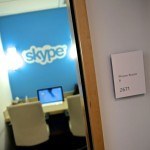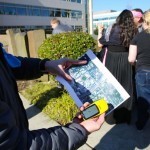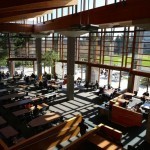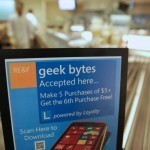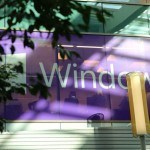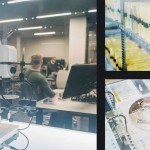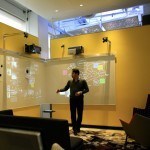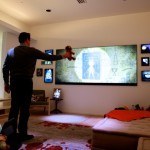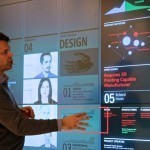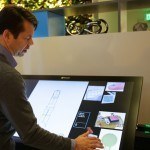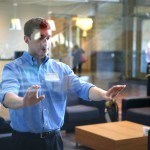Reboot
A Visit to Microsoft
This post is also available in: German
The PC has its best years behind it – and so probably does Microsoft, if the software house will not succeed in re-positioning itself. “Mobile first, cloud first!” was the new order of the day from Satya Nadella, when he was introduced as CEO just one year ago. Here is what I captured of the atmosphere around the Redmond campus when I visited at the time.
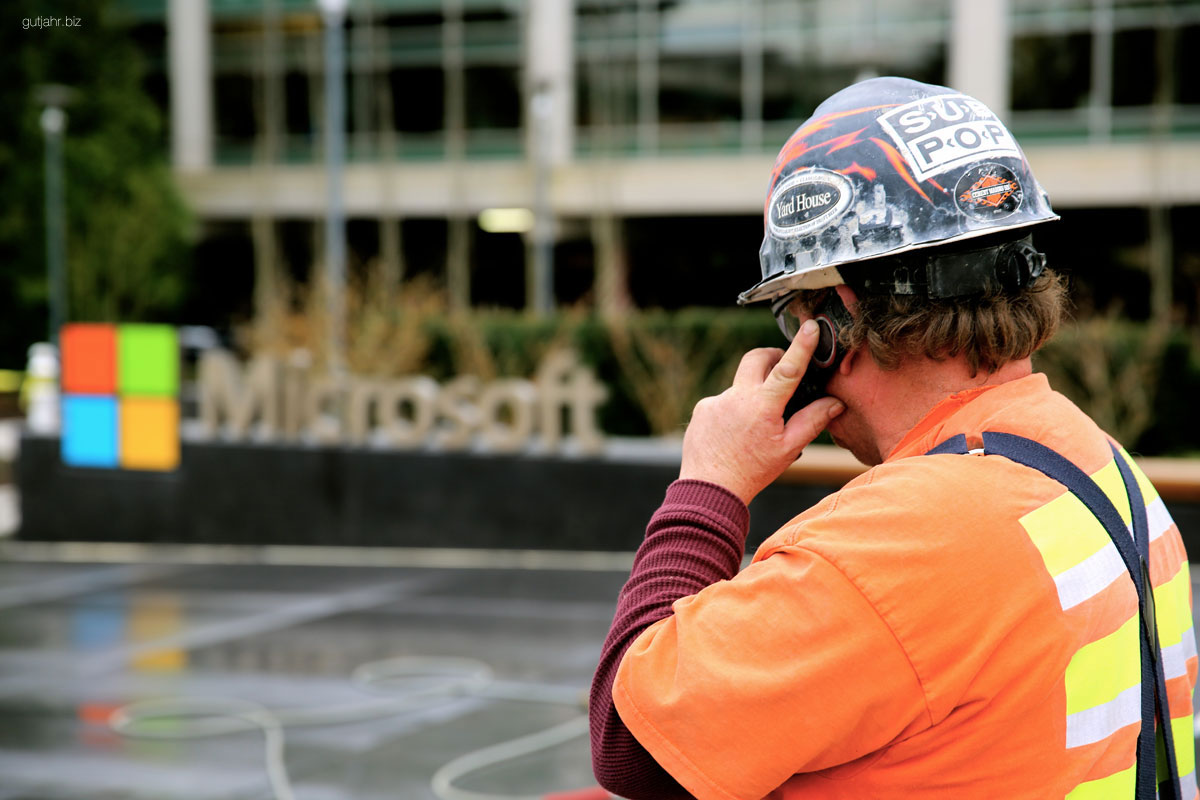
It is exciting times here in Redmond, WA, as the stage is being set for the next chapter in the Microsoft saga. Four weeks ago 46-year-old, Indian-born Satya Nadella was introduced as third CEO in the 40-year history of the software giant, and giant are the tasks that lay before him: The whole company needs to be turned upside-down without neglecting its classic business serving companies and other large clients. It is this segment that still generates Microsoft’s handsome profits (see chart).
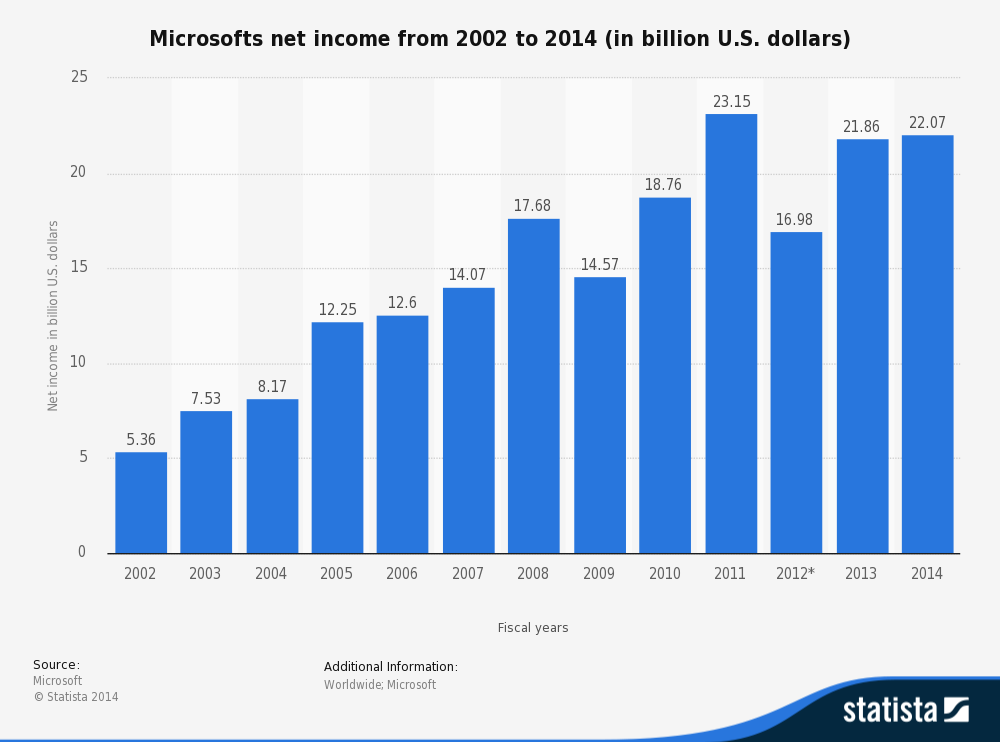
At the same time the focus of the company is to be redirected towards mobile devices and cloud services. Microsoft’s operating system for mobile phones ranks a distant third behind iOS and Android, and its market share in tablets is a measly 2%. Just a few days into Nadella’s reign the first heads were rolling. “We need to drive clarity, alignment and intensity across all our work.” The new CEO wrote to the employees and announced further changes in the leadership team. At the helm of a tanker with a 100,932 crew he obviously doesn’t want to lose time on the way to calmer waters. My visit to headquarters had been planned for a while. It was a coincidence that I arrived now, in the first few days after the change in leadership.
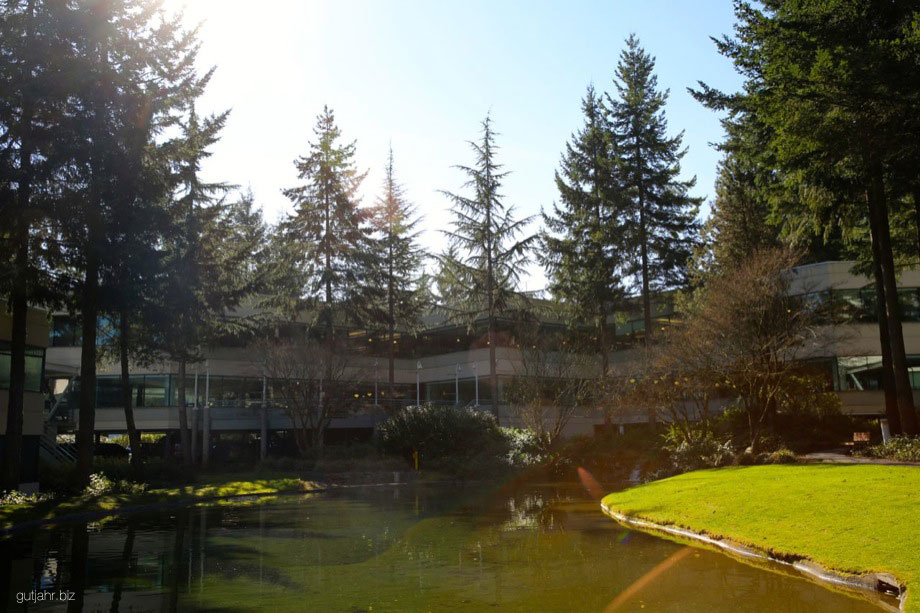
Welcome to Microsoft!
It is an unusually sunny day for the season when I arrive at the campus. A Microsoft employee from Germany is with me, two ladies from the US PR team are joining us later. The threesome are there to attend to my every wish: would I like some coffee, some water, or do I need to go on a bio break (this politically correct expression for using the bathroom was new to me)? So I certainly can’t complain about not getting enough attention during the two days I’m supposed to spend at Microsoft.
My first impression is positive. The campus is about the size of a small German town, and its ample sports facilities, park-like vistas and artificial lakes give it an open and spacious appeal. There are vending machines with snacks and soft drinks in them all over the place, except that you don’t have to pay for the stuff. No colorful bikes like you would see at Google, though. Distances between buildings can be pretty long, but here at Microsoft they have shuttle busses and cars to take people from A to B round the clock. Gas-driven, no e-cars. The cars of the employees are nowhere to be seen. They are in an invisible four-level parking garage, the largest subterranean parking garage in the US, with enough space for 4650 passenger cars.

Don’t look back
We are in the MS Library. It contains 54,000 printed books, among them business titles such as “The Myths about Creativity” and management guidebooks like “The Strategy of Execution”. The spines showing the most usage are those of the programming handbooks – all of them kept in more than one copy, of course. Apart from the library Microsoft employees have remote access to 25,000 e-books as well as to dozens of business and industry databases.
In a glass case at the end of the reading room no sports trophies are on display, but former Windows and Office packages. The boxes are yellowing, just like remnants from a by-gone era. I ask my attendants if there is a museum on campus. No, they say, Microsoft isn’t very good at looking back. “We prefer to focus on the future.”
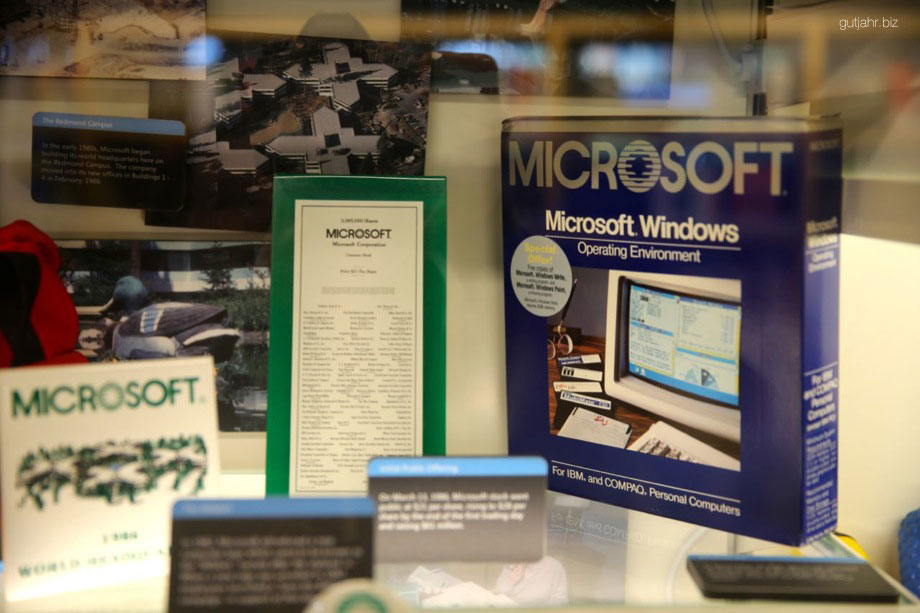
Failed to see the Importance of the Internet
That sounds like a good insight at first; it leads you to conclude they don’t want to rest on their former laurels. But it also shows that the company has lost it somewhere on the road into the new millennium. While the new Big Four, Apple, Google, Facebook and Amazon went from record to record during the last decade, Microsoft seemed to be stuck in the Nineties.
Bill Gates is supposed to have said “the Internet is just a passing fad”, and in spite of the fact that there is no source for it, people continue to believe that. What Microsoft’s founder did say in 1998 was an admission that Microsoft had underestimated the impact of the worldwide web:
“Sometimes we do get taken by surprise. For example, when the Internet came along, we had it has a fifth or sixth priority.”
Bill Gates, 1998
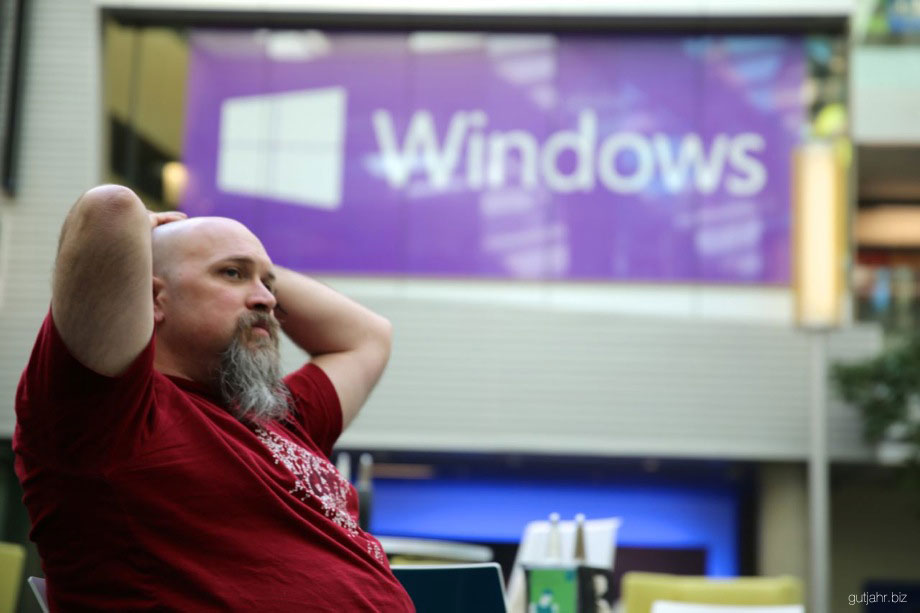
Embrace, extend and extinguish
With anticompetitive methods Microsoft had succeeded to get rid of competitors like Netscape and to force PC users the world over to surf the web with its own Internet Explorer. This tactic of Microsoft, also known as “Embrace, extend and extinguish” is a questionable example for what can happen when a company tries to wield its market power to make up for its lack of innovative power.
Microsoft also failed to see the importance of mobile and cloud services. When Steve Jobs pulled the iPhone out of his hat in 2007, Microsoft CEO Steve Ballmer could not come up with anything other than deriding the product. (see video)
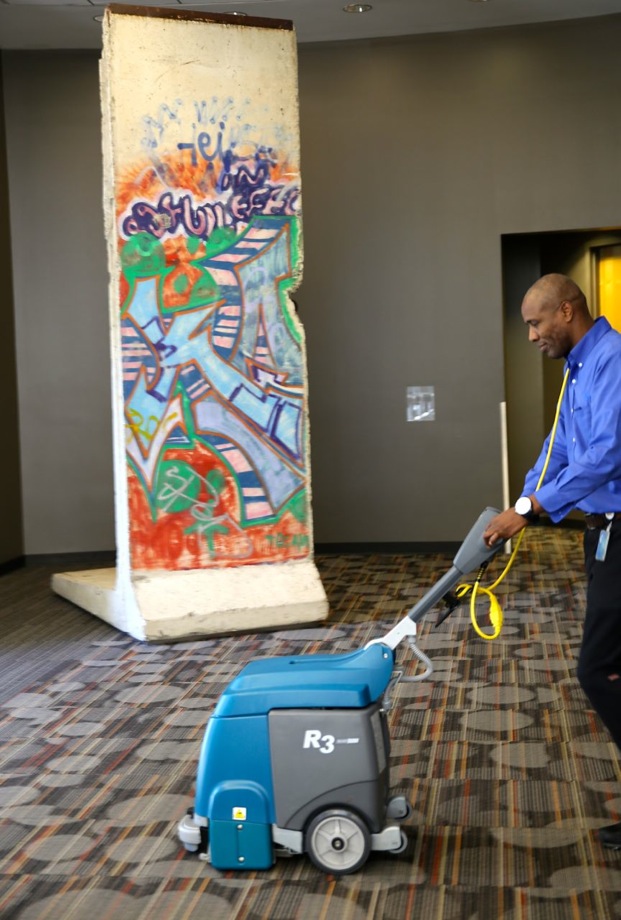
Satya’s Job is to Clean up the Mess
How many times can a company afford to fail to see the importance of such high-impact trends? How many more flops will Microsoft be able to compensate – flops like the Zune mp3 player, which was buried in 2011, Windows Vista, or the 900-million-dollar disaster around the Surface tablet PC? You wouldn’t want to be in Satya Nadella’s shoes.
“Satya [pronounced Sadja] is great!” the Microsoft ladies cheer when I ask about their new boss over lunch. Satya knows the company and its culture, says one of the three PR professionals tasked with attending to me. One colleague chimes in: “and then he brings a lot of know-how to the table, particularly about networks and cloud services”. They assure me that I will not find anyone here on campus who could say anything bad about Nadella.
Of course I cannot really put that to the test, for my minders do not leave me unattended for one minute for the duration of my two days. They get particularly nervous whenever I step away from them in order to make photos or to chat to any employees we happen to come across. But in fairness it has to be said that the hip competition in Mountain View or in Cupertino wouldn’t allow me anywhere near that close to them. Believe me, I know what I’m talking about.
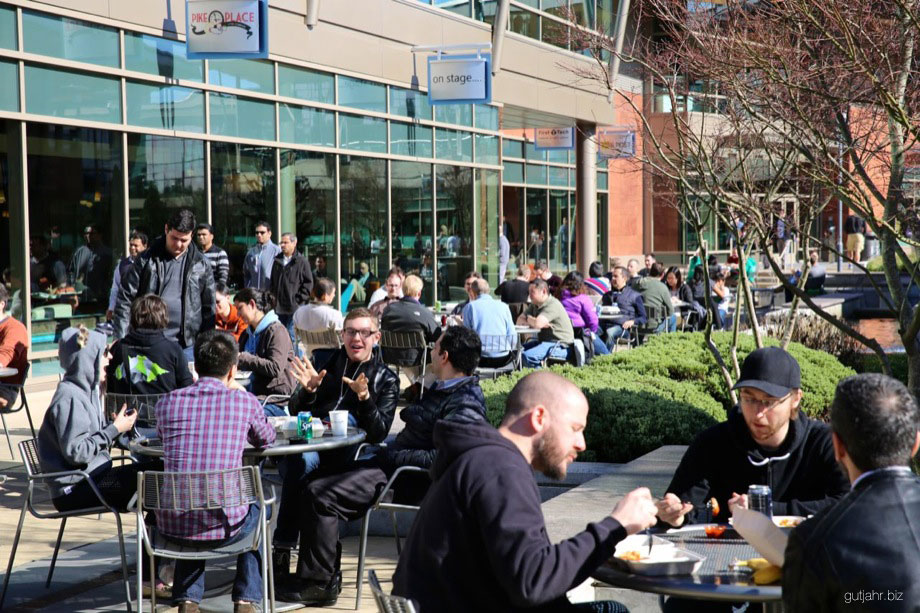
The Campus and its Inhabitants
At the Redmond headquarters 42,940 employees are spread out over more than 100 buildings. The average age is 38.4 years – 10 years older than at Facebook (=28) or at Google (=29). The Microsoft workforce can be roughly divided into two groups: Developers and Marketers, whereby the distinguishing criterion seems to be that the marketers prefer to wear their shirts tucked into their pants.
Should you by any chance run into a woman on campus you can be almost certain that she is in marketing. Microsoft is 75.7% male, in the development division the percentage is significantly higher. “The guys here are smart”, the marketing ladies say. “Super smart. Chess champions, junior research award winners, that type of smart.“

The sports courts we pass on our rounds are rarely used, because the most popular sports are chess, ping pong and curling. “If anyone does play basketball or volleyball, you can be sure they will still be talking about coding all the time”, quips one female employee. She’s never seen any real jocks around here, complains another, and she’s been with Microsoft for over 10 years.
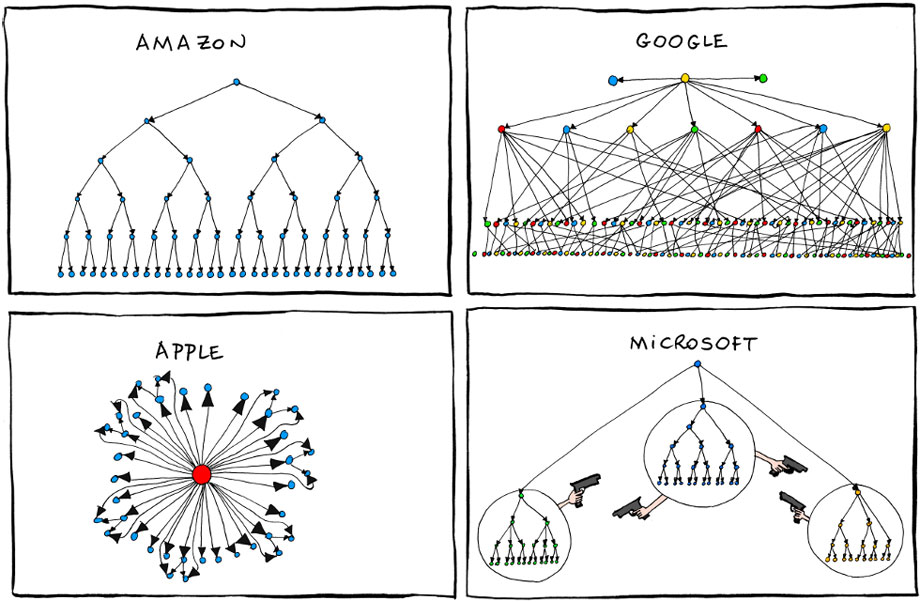
The unofficial Hierarchy of Departments
Marketing and Development are segmented into divisions which have been known to fight their own wars between them (see cartoon). There is no official ranking between the divisions, but like in most companies there is an unofficial pecking order:
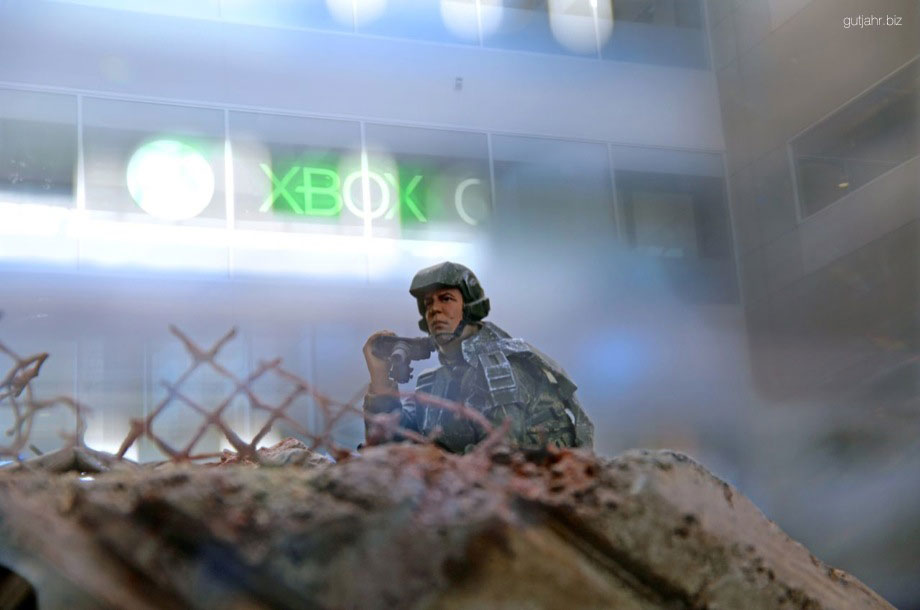
The coolest kids on campus are said to be the X-Box people, closely followed by the Skype employees, whose primary distinction is that they have a separate e-mail address, e.g. John@skype.com as opposed to the standard Microsoft addresses held by everybody else. Third rank is held by Windows and Office developers, if only because they make the product mostly identified with Microsoft the world over.
Down at the bottom of the pole are sales people in Microsoft stores. They usually are student temps, and with their colorful t-shirts their image inside the company is about as good as that of T-Punkt people in Germany.
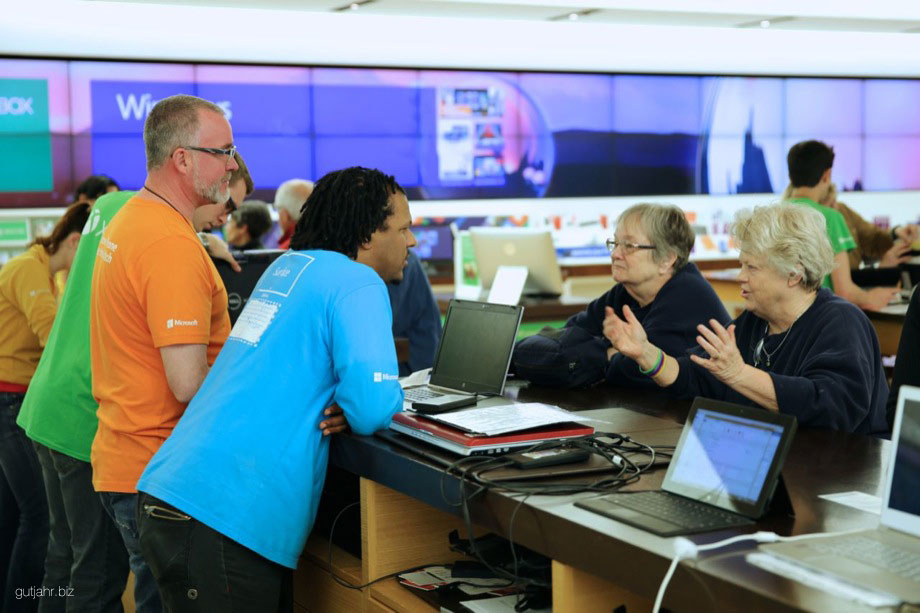
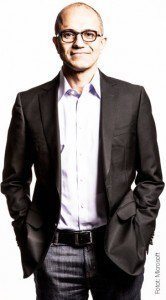 The New Kid on the Block
The New Kid on the Block
Satya Nadella has been with Microsoft for 22 years before he became CEO. During that time he was in charge of many different divisions, e.g. Research & Development for Online Services, and lastly Corporate Clients and Cloud Software. Nadella is said to be an intellectual, a lot more erudite and smarter than Stave Ballmer (“think Obama after George W.”, said one employee). What seems to play particularly well with employees is the fact that the new CEO is from their own ranks. An import would have had fewer qualms about closing down departments and cutting back on jobs.
A few days ago Nadella moved into his predecessor’s office at the top floor of House Number 34, one of the few buildings that is guarded by plain-clothes security personnel around the clock. That is unusual, because you hardly see any other security on campus. Yes, there are cameras everywhere, but white security vans or guards in fancy uniforms, as they patrol at Google, Apple or Facebook, are rarely seen in Redmond.
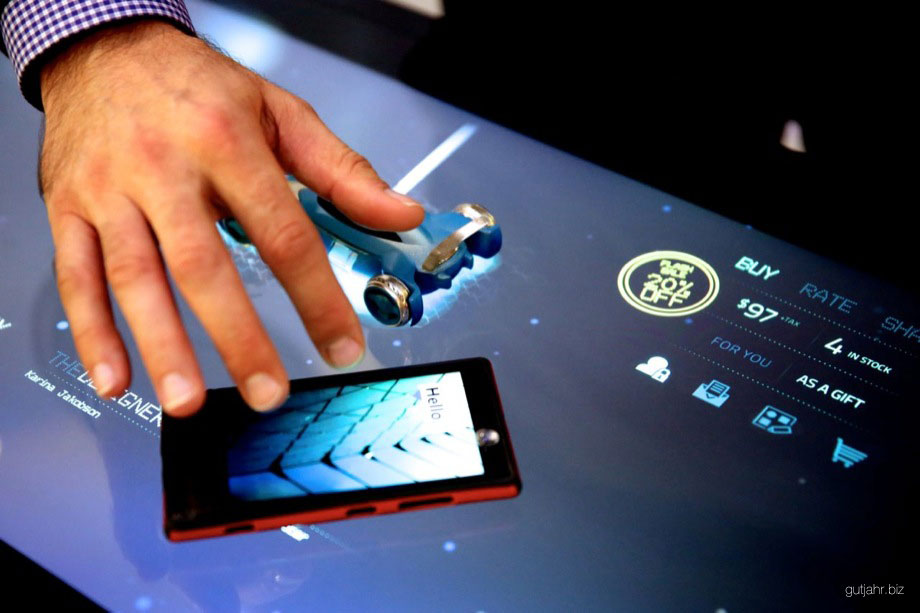
The Vision
The Future Home at the top floor of the Executive Briefing Center is usually reserved for Investors, company delegations or foreign dignitaries. Here Microsoft has put its vision of a fully networked home into bricks and papermaché. Harald Becker, an immigrant from Germany, shows us around artificial residential spaces. It all looks a bit like IKEA.
Becker makes schedules, recipes or fairy tales for children appear on enormous screens on the walls, on tables or even as projections on the floor, using gestures and voice commands. Most of the technology behind all that already exists. Microsoft engineers and futurologists work on the interplay of sensors, hardware and software in both offices and residential spaces. Their job is to continuously think of new application scenarios. These projects go by the name of “Blue Sky”.
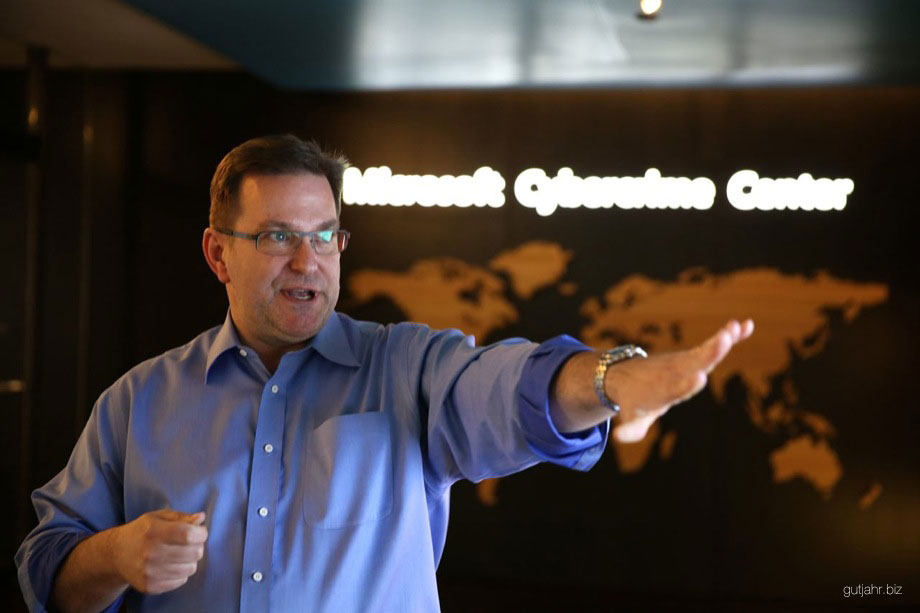
The not-so Virtual Reality
While the futurologists at the Executive Briefing Center are figuring out the working world of tomorrow, it is today’s working world that is at the center of attention in another corner of the campus. There is a certain patina around Microsoft. The Old Town in particular, those first six office buildings that were erected in the wilderness in the mid-Eighties, they look cramped and stuffy by today’s standards. We walk across floors that were fully re-modelled. Individual offices about the size of chicken cages were broken up into co-working spaces with colorful chairs and large tables. “It’s an experiment”, say may attendants. It looks symbolic for the whole company: let’s get rid of yesterday’s stuffiness – back into the race towards the future!
My overall impression after my visit really was that Microsoft is more like a Siemens than like a trendy innovation hub. There are plenty of efforts to get more of a start-up spirit into the company, by holding “Garage Meetings” say, or hackathons. But they cannot hide the fact that Microsoft is getting up in years. The employees are enjoying their “Velvet Cage”, their secure income and the many benefits that come with a steady job at Microsoft.

Microsoft is predictable and solid. One the one hand that’s a good thing, but on the other it could also spell disaster for the company. Tech industry observers have always liked to predict a dire future for Microsoft. These days they say the only chance for the company to re-position itself is to relocate its headquarters to Silicon Valley. Talent is key for success, and the best talent is in sunny California, not in rainy Redmond.
It remains to be seen if the restructuring will work. Maybe they should try that old piece of pro advice that is as old as the company itself: “Have you tried to reboot?”
Satya’s Book List:
- Daniel Kahneman: Thinking, Slow and Fast
- Marshall B Rosenberg: Nonviolent Communication – A Language of Life
- Daniel James Brown: The Boys In The Boat
